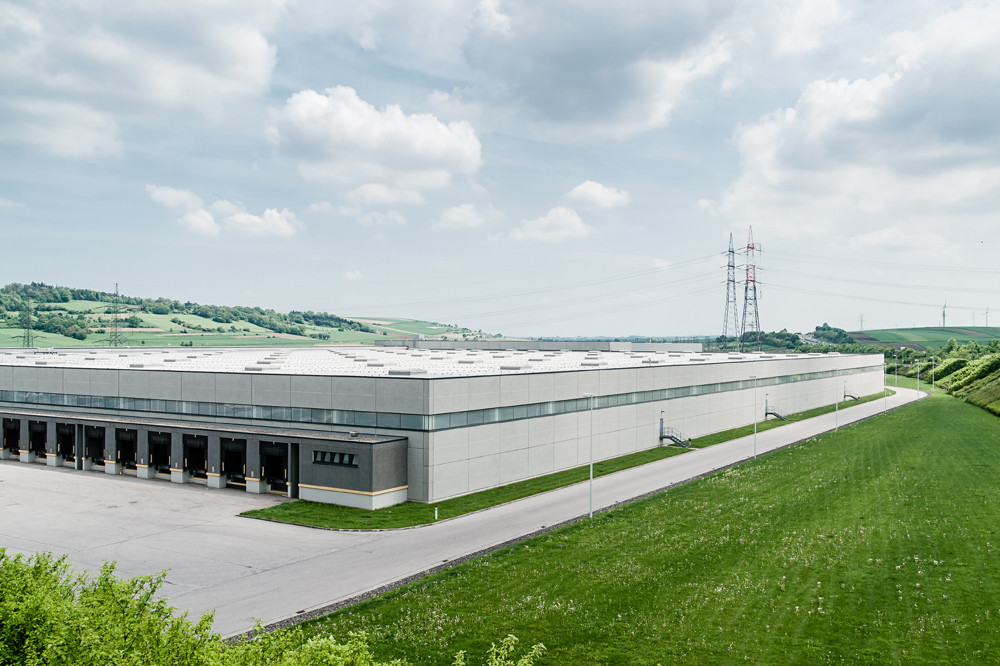Sustainable production, protecting the environment and reducing CO2 emissions have become a firmly anchored corporate goal for more and more companies. This trend, which runs across all industries, results on the one hand from stricter government regulations and, on the other hand, from a changing environmental awareness on the part of customers, who are increasingly demanding sustainable products.
If they have not inherently managed their business activities based on ecological aspects, more and more companies are switching to at least partial green production. In addition to all the fast fashion from large fashion chains and labels with their collections, some of which change every two weeks, there are a number of suppliers in the fashion industry who are committed to sustainable production. They are characterized by the economical use of ecologically sound raw materials, resource-saving production and the longevity of their products. Their goal is to keep the climate footprint as small as possible and in this way not to unnecessarily pollute the environment. The proportion of these green companies that have sustainability firmly anchored in their principles and strategies is constantly growing. The situation is similar with companies from the food, agricultural or consumer goods industries.
But in times of global production and demand, it is no longer enough for a holistically sustainable company to simply produce its goods ecologically. For a consistently green corporate philosophy, the entire supply chain should also be checked to ensure compliance with high standards. If this is implemented successfully, a lot has already been done, because logistics is responsible for around 10 percent of the CO2 emissions emitted. The area of external transport plays by far the largest role at 75 percent.
Resource-saving logistics
Electricity is often generated using fossil fuels such as crude oil, natural gas or coal and releases high levels of harmful CO2 emissions. A first step for a sustainable company would be to choose a provider of renewable energies from wind, water and solar power or a logistics service provider that is committed to using alternative forms of energy. But this energy also has to be produced in a complex and often not environmentally friendly manner. In order to implement green logistics, both energy consumption and the proportion of fossil fuels must be reduced.
For suppliers who produce overseas, energy-consuming areas such as shipping by international shipping companies are difficult to influence. After all, consumption can be reduced by choosing a ship as a means of transport over the faster, but far more polluting, airplane.
For sustainability reasons, rail is preferable to trucks for overland transport. However, hardly any provider can completely switch off the latter. Here, the organic producer can improve his balance sheet by choosing a logistics service provider. GoGreen, DHL offers its customers the opportunity to send goods in a climate-neutral manner. Within Germany this is a free standard for all shipments; abroad the service is available for an additional charge.
However, external logistics service providers are usually already trying to improve their carbon footprint. The reason is, on the one hand, government regulations and the federal government's ambitious goals for reducing CO2 emissions. On the other hand, it is the costs of fuel and, for example, time and productivity losses caused by traffic jams that are pushing providers to operate in a more resource-efficient manner. Sophisticated fuel-saving techniques help, as does fully networked communication between the driver and headquarters, which always leads the driver to the destination on the shortest possible route without traffic jams.
By choosing suitable means of transport and modern transport management where no more energy-saving solutions can be found, the sustainable producer can largely design his supply chain right up to the warehouse according to his principles.
Green intralogistics
As soon as your own or rented warehouse is reached, green intralogistics has the task of also complying with the company's ecological principles. Since intralogistics accounts for around 25 percent of total logistics consumption, this area is also of great importance for the sustainable design of the supply chain.
, an investigation (Dobers, Schneider, Schneider, Guba and A. Könneker, “Electricity measurements at logistics locations - determination of consumption -specific electricity indicators,” 2012 ), the energy consumption in intralogistics is divided as follows:
- 50% picking
- 20% storage
- 15% acceptance of goods
- 15% shipping
There are a variety of options for ecologically oriented companies to optimize internal processes in these areas based on sustainable aspects. Ecological and profit-oriented actions are not mutually exclusive. Ideally, they complement each other and mean that even sustainable solutions with higher investment costs can pay for themselves after a relatively short period of time.
By investing in the installation of modern LED lighting throughout the warehouse, electricity costs and CO2 emissions can be reduced by up to 90 percent. There are also savings through an intelligent lighting concept: instead of constantly lighting up the entire warehouse, a lot of energy can be saved through modern lighting control. An effective system only illuminates the warehouse aisles when they are visited by an order picker. The light sources are also no longer randomly distributed across the entire warehouse area, but are only used where they are needed: in the aisles between the shelves, the picking stations and access routes for the delivery and removal of goods. Such measures alone can save up to 40 percent of the previous energy requirement for lighting.
Combined, storage and picking are responsible for over two thirds of the energy consumption in intralogistics. It makes sense to look for a sustainable solution for this area. When it comes to measuring sustainability through the electricity bill, modern storage lift systems or carousel storage systems are an optimal alternative to conventional rack storage systems: On the one hand, their design allows the highly dense storage of many items in a small space. In this way, the company saves storage space and the associated energy costs and CO2 emissions. On the other hand, with the automated systems, the storage, retrieval and picking of goods can be carried out much faster and more precisely. To this end, the ecological balance and consumption are further optimized through a number of other features such as stand-by operation, energy-efficient drive systems or the lightweight design of the devices. » Find out more here
But there are also ways to improve the ecological balance with only a small financial investment. This includes organizational measures such as equipping warehouse workers with appropriate clothing to compensate for temperature fluctuations in the warehouse and thus save electricity costs. Employee training also helps to increase awareness of sustainability aspects in order to improve the ecological balance.
In order for the measures for ecological optimization to be lived and implemented permanently by the workforce, the topic of sustainability must be a central point in the corporate culture. For ecologically operating companies with their own storage capacity, this should be a matter of course and easy to implement. When using external logistics service providers, your own goals must be included in the list of requirements and enforced against the provider. Only by implementing a sustainable supply chain including green intralogistics does the environmentally friendly company have a holistic ecological approach.


